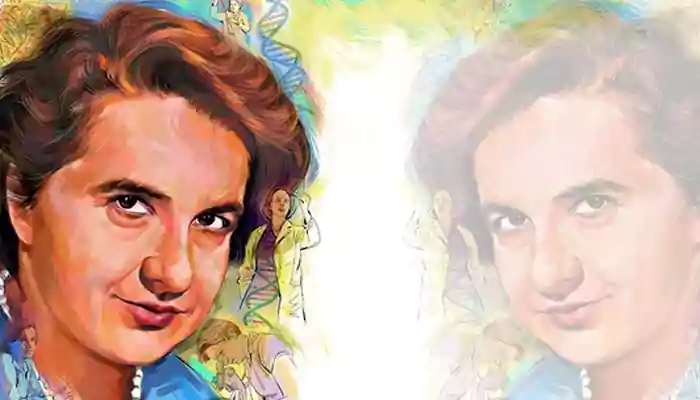Rosalind Franklin: 7 lesser-known facts about the famous scientist
A gifted British chemist whose contribution to the world of science is immeasurable in the truest sense of the term.
- Sayan Paul
- 04 March, 2025
- 2 mins ago

Rosalind Franklin: 7 lesser-known facts about the famous scientist
A gifted British chemist whose contribution to the world of science is immeasurable in the truest sense of the term.
Rosalind Franklin, "the forgotten heroine", was a scientist of that time when it was next to impossible for the women to pursue career in such fields. But Franklin, being a genius as well as daring woman, challenged all the societal stereotypes and went on to prosper in the field of physical chemistry. She also learned X-ray diffraction and crystallography to examine the structure of DNA fibers. While she is very less recognized, it's her research that led to the discovery of the molecular structures of DNA, RNA, viruses, coal, and graphite.
Here are some interesting yet lesser-known facts about Rosalind Franklin:
Rosalind Franklin was born in London in 1920, to a wealthy Jewish family. She determined to become a scientist at the age of 15. But she had to struggle a lot to convince her father, as it wasn't common for women to study science at that time.
Franklin was considered as an exceptional student in her school. She matriculated in 1938 and then joined Newnham College, Cambridge to study Natural Sciences.

After completing graduation, she got a fellowship to the British Coal Utilization Research Association (BCURA). There, she researched on coal and charcoal and went on to publish several papers on the molecular structure of coal. She received her PhD for the thesis titled "The physical chemistry of solid organic colloids with special reference to coal" in 1945.
In 1947, she began working with Jacques Mering on X-ray diffraction, at the French government central laboratory. There, she got the opportunity to master the field of X-ray diffraction. Later in 1951, she started using those skills while researching at the King's College University of London. She took X-ray diffraction images (Photograph 51) of the DNA molecule, which later led to the discovery of the double helix structure of DNA by James Watson and Francis Crick. For this, Watson and Crick received Nobel prize in Physiology in 1963.
She also did work on the molecular structure of the tobacco mosaic virus, using X-ray crystallography. After years of extensive research, she revealed that this virus is barrel-shaped, consisting of RNA molecules wrapped in its protein. Her research revolutionized all the existing concepts of virus and RNA.
Rosalind Franklin was diagnosed with ovarian cancer in 1956, probably due to the extreme exposure to X-ray radiation. But still, she didn't stop working and went on to publish numerous papers in the next two years. She passed away in 1958.
John Broughton, an amateur Australian astronomer, discovered an asteroid at the Reedy Creek Observatory in Queensland, Australia in 1997. She named it 9241 Rosfranklin, as a tribute to the genius of Rosalind Franklin.










